SUMMARY
This is AI generated summarization, which may have errors. For context, always refer to the full article.
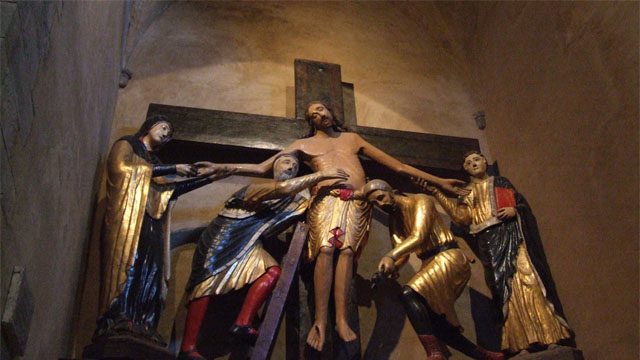
Editor’s Note: This piece was originally published in April 2014. Rappler is updating and republishing this piece this to mark Holy Week 2018.
MANILA, Philippines (UPDATED) – “Stations of the Cross” is a Catholic devotional act in which devotees commemorate the passion and death of Jesus Christ in 14 “stations” or images that depict scenes of His crucifixion and death.
Usually done in churches, devotees walk to each of these stations in the order of Jesus’ ordeal – His arrest, trial, suffering, and death. Devotees stop by each station to commemorate the scene it depicts and to offer a short prayer.
As with the rest of the Catholic Church, Filipinos usually hold “Stations of the Cross” on Good Friday, the day in the Holy Week that commemorates Jesus’ death.
It can also be held while doing the Visita Iglesia (Holy Week Church Visits), where devotees can either visit 14 churches and pray in one station per church visited, or visit 7 churches and pray in 2 stations in each church.
Early conception
In early Christianity, there were no formal observances of Jesus’ passion and death. As the Christian community grew across the world, many of the faithful from foreign lands wished to see the places in Jerusalem where Jesus suffered and died.
The faithful visited places in the city believed to be the sites of the arrest, trial, suffering, and death of Jesus. Eventually, shrines were built on some of these sites.
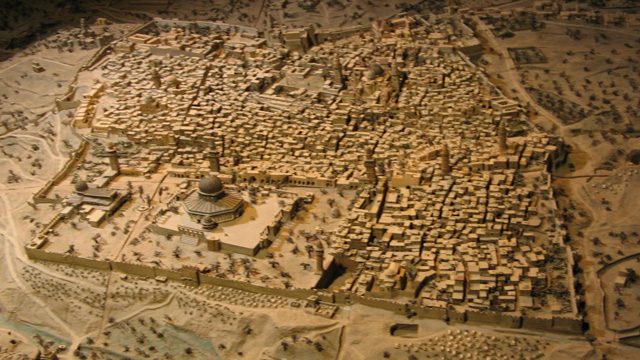
The idea of the Stations of the Cross was probably conceived in the 5th century, when the Basilica of San Stefano in Bologna, Italy, constructed a series of chapels that represented significant Jerusalem shrines, research shows.
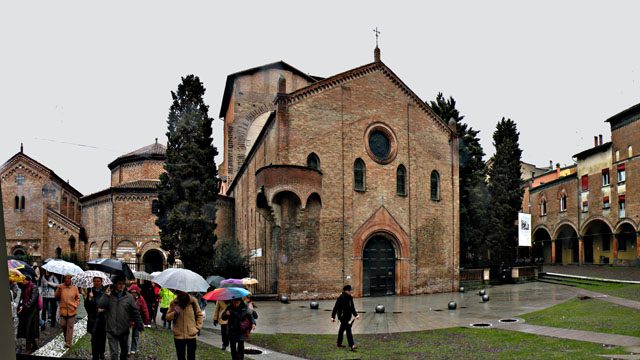
Since then, medieval churches began reproducing images of the holy places in Jerusalem for those who are unable to make the journey to the Holy Land’s shrines.
Beginnings of the practice
The Franciscans were tasked as keepers of Holy Land shrines in 1342. They granted indulgences to pilgrims visiting certain shrines in Jerusalem, among them the shrines that mark significant scenes of Jesus’ crucifixion and death.
An indulgence is the deliverance from worldly punishment for absolved sins. The faithful believe that even forgiven sins are punished by God’s justice and so they sought remission from punishment.
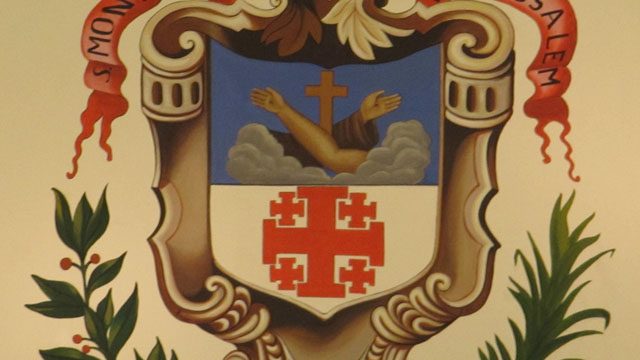
William Wey, a pilgrim during the 1400s, wrote that Holy Land pilgrims visited and prayed in the shrines in the order of the events of the passion of Christ. He also called the shrines the “stations” of this informal pilgrimage.
The Muslim Ottoman Empire’s domination of the Middle East in the 1500s to 1600s made Holy Land pilgrimages very difficult.
Since only a few can make the Holy Land pilgrimage, Pope Innocent allowed in 1689 the Franciscans to recreate the Stations in their churches through images of the Passion of Christ, complete with the ability to grant indulgences to devotees visiting their church Stations.
This basically created a miniscule Jerusalem pilgrimage in Franciscan churches.
The practice of church Station devotions became so popular that by Pope Clement XII’s reign in 1731, all churches were allowed to build Stations and grant indulgences to all that hold Station devotions.
This gave birth to the practice of the Stations of the Cross.
Station numbers and Station scenes
Today, there are 14 Stations of the Cross:
I. Jesus is condemned to death
II. The cross is placed upon him
III. Jesus falls for the first time
IV. Jesus meets his Blessed Mother
V. Simon of Cyrene bears Jesus’ cross
VI. Jesus face is wiped by Veronica
VII. Jesus falls for the second time
VIII. Jesus meets the women of Jerusalem
IX. Jesus falls for the third time
X. Jesus is stripped of his garments
XI. Jesus is crucified
XII. Jesus dies on the cross
XIII. The body of Jesus is taken from the Cross
XIV. Jesus is entombed
How Station numbers came to be 14 is shrouded in mystery. It is known, however, that up until the late 1700s, churches varied in the number of stations presented. Different scenes of Jesus’ passion were also commemorated.
From the 16th to the 18th century, Station numbers have been as low as 11 to as high as 37.
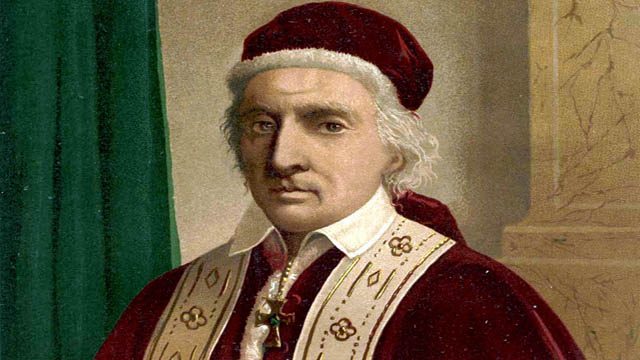
A theologian, Adrichomius, identified 12 Stations in his 1584 book Jerusalem, as it Flourished in the Time of Christ, which matches the first 12 modern Stations. This is believed to be the origin of the current stations since the book was widely published by the church.
Pope Clement XII is largely responsible for setting the number of stations to 14.
An alternative to the traditional 14 Stations are the so-called Gospel-based Stations. The Gospel-based Stations came about following doubts cast on the traditional Stations 3, 4, 6, 7, and 9, given their lack of clear basis in scripture.
Also 14 in number, the most widely practiced of these is Pope John Paul II’s “Scriptural Stations of the Cross,” published in 1991.
Pope John Paul’s Scriptual Stations consist of the following:
I. Agony in the Garden
II. Judas betrays Jesus, Jesus is arrested
III. Jesus is brought before the Sanhedrin
IV. Jesus is denied by Peter
V. Jesus is judged by Pilate
VI. Jesus is scourged and crowned with thorns
VII. Jesus carries his cross
VIII. Simon of Cyrene helps Jesus carry his cross
IX. Jesus meets the women of Jerusalem
X. Jesus is crucified
XI. Jesus promises the repentant thief his kingdom
XII. Jesus entrusts his Blessed Mother to John
XIII. Jesus dies on the Cross
XIV. Jesus is entombed
– Rappler.com
Sources: Way of the Cross: New Advent Catholic Encyclopedia, How did the Stations of the Cross Begin: Catholic Education Resource Center, The Way of the Cross: www.vatican.va, Italy Guides: Church of Santo Stefano,
Visit MOVE.PH’s Holy Week Online and take part in the Virtual Stations of the Cross & Visita Iglesia.
Add a comment
How does this make you feel?
There are no comments yet. Add your comment to start the conversation.